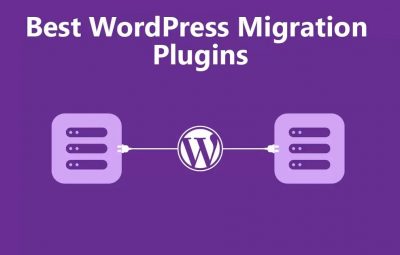A cross-sectional study is all about looking at the data from a population at one specific point in time. The participants in this type of study are selected based on particular variables of interest. Cross-sectional studies are often used in developmental psychology, but this method is also used in many other areas, including social science and education for various social and medical purposes.
It is important to know that cross-sectional studies are observational and are known as descriptive research that is not causal or relational. It means that they cannot be used for determining the cause of something, such as a disease. Researchers record the information that is present in a population, but they do not manipulate variables. According to a dissertation writing service, this type of research can be used to describe characteristics that exist in a community, but it cannot determine the cause-and-effect relationships between different variables.
This method is often used to make inferences about possible relationships or to gather preliminary data to support further research and experimentation and facilitate governments or researchers in knowing more about a particular phenomenon. For example, researchers who study developmental psychology might select groups of people who are of different ages but investigate them at one point in time. By doing this, any differences between the age groups can presumably be attributed to age differences rather than something that happened over time.
Characteristics of Cross-Sectional Studies:
The key characteristics of a cross-sectional study include:
- The study takes place at a single point in time
- It does not involve any manipulating variables
- It enables the researchers to look at numerous characteristics at once such as age, income, gender, etc.
- It is often carried to look at the prevailing characteristics in a given population
- It can offer information about what is happening in a current population
It would not be wrong to think of a cross-sectional study as a snapshot of particular groups of people at a certain point in time. This is totally unlike longitudinal studies that look at a group of people over an extended period; on the other hand, cross-sectional studies are used for describing what is happening at the present moment.
Purpose Of Cross-Section Data:
The main purpose of cross-section data is to determine the prevailing characteristics in a population at a certain point in time. For example, a cross-sectional study might be used to determine if exposure to specific risk factors might correlate with particular outcomes. A researcher can collect cross-sectional data on past smoking habits and current diagnoses of lung cancer, for instance.
While this type of study cannot demonstrate cause and effect, it can provide a quick look at correlations that may exist at a particular point. Researchers can also look forward to finding people who reported engaging in certain health behaviors were also more likely to be diagnosed with specific ailments. While a cross-sectional study cannot prove for certain that these behaviors caused the condition, such studies can give way to further investigations in this case.
Top Benefits Of Collecting Cross-Section Data:
Cross-sectional studies have become popular with time because they offer several benefits that make them useful to researchers.
It Is Fast And Cost-Effective:
Collecting cross-sectional data is fast and also cost-effective as it helps the researchers to collect a great deal of information quite quickly without spending too much time or money. Data is often obtained inexpensively using self-report surveys and researchers can amass large amounts of information from a large pool of participants.
It Helps To Study Multiple Variables Simultaneously:
During cross-section data collection, researchers have a chance to collect data on a few different variables to see how differences in sex, age, educational status, and income, correlate with the critical variable of interest.
Makes Further Study Easy:
Cross-sectional data collection provides researchers a useful springboard to conduct further research and find out more about what they are investigating. When looking at a public health issue, such as whether a particular behavior might be linked to a particular illness, researchers might utilize a cross-sectional study to look for clues that will guide further experimental studies.
Performing such a study can give researchers a clear idea about the types of solutions that might be the most beneficial to society and inspire further experimental research on the subject. It would not be wrong to say that cross-sectional data is a useful research tool in many aspects of health research. By knowing more about what is going on in a specific population, researchers can understand relationships that might exist between certain variables and work further to explore these conditions in greater detail.







